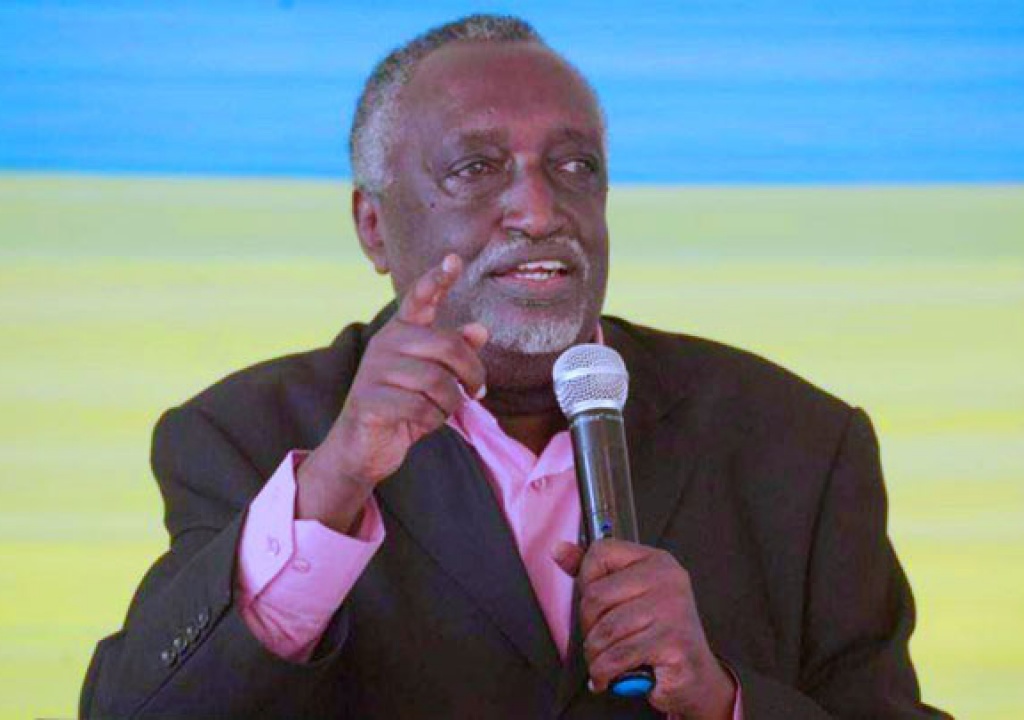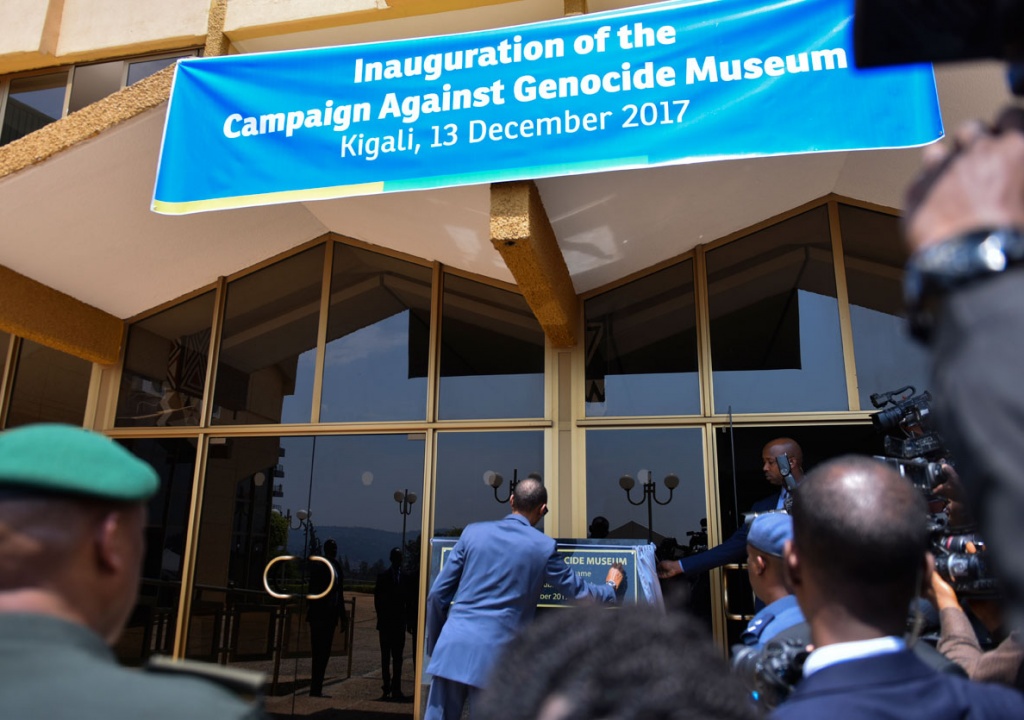
Senator Tito Rutaremara
Rwanda Patriotic Front (RPF) Inkotanyi politicians who were at the current Parliamentary building at the peak of the Genocide against Tutsi, ‘never even trusted their own shadows’ while with Genocidal regime leaders, Senator Tito Rutaremara told journalists on Wednesday.
“When you are a revolutionary, you don’t trust leaders. You only have trust in citizens, simple. That is even in the revolution study,” Sen. Tito Rutaremara told foreign and local journalists at the parliamentary building in Kigali.
In 1993, towards the start of Rwanda’s 100-days of total darkness that culminated into the Genocide against Tutsi which left over 1 million people dead, RPF had sent its politicians to continue negotiations with the government.
The Politicians went along with a 600-man force to guard them.
However, within the negotiations, the same government that was negotiating with RPF started shelling the parliamentary building with a target to kill the politicians – an act Rutaremara said had been sensed even before they arrived there.
This morning, Sen. Rutaremara stood behind an open door that heads straight to the parliament’s three floors which accommodated RPF politicians during negotiations.
Behind him is a new monument – with words written; “The Campaign against Genocide Museum inaugurated by HE President Paul Kagame.”
Indeed, President Kagame today inaugurated the Museum – which details every single part of RPF’s campaign to stop the genocide.

Campaign Against Genocide Museum (CAG) museum located in the Parliamentary building
The Campaign Against Genocide Museum (CAG) is a museum located in the Parliamentary building.
At the time in 1993, RPF politicians and the then leaders were in preparations for the installation of Broad Based Transitional Government and the National Transitional Assembly.
Rutaremara – one of the RPF pioneers was among the politicians sent to Rwanda’s parliamentary building for negotiations which had started two years earlier in Arusha, Tanzania.
Under the negotiations, Rutaremara said, RPF had tried its best to mend fences with the then regime – despite its rigidity to a peaceful cause.
“Under negotiations, the President would remain Juvenal Habyarimana (then President) and a Prime Minister from his government. RPF was demanding to have the Deputy Prime Minister, six ministers in the cabinet and 11 members of the legislature,” Rutaremara told journalists.
“We wanted a 50/50 senior officers in the army while RPF would remain with 40% of men and 60% of them from the former government. But they were never satisfied with this leading to a stalled process and RPF decided to take another action,” Rutaremara said.
Behind where Rutaremara stood for an interview are several bullet holes and shellings at the part of a parliamentary building where RPF politicians stayed during negotiations.
On April 7, 1994, President Kagame who was Chairman of High Command of Rwanda Patriotic Army (RPA) ordered the protection force to break out from their initial positions to defend themselves and rescue victims of Genocide in their vicinity. The order marked the campaign against Genocide.
Today, the Museum was officially opened to the public and will start receiving visitors wishing to get a glimpse of the campaign Against the Genocide.
The Museum features a photo gallery, art and film screening of what exactly happened during the campaign against Genocide.


